Having your own space is like a dream come true –– it’s an open canvas waiting for you to explore and decorate to express your creativity and state of mind. However, doing so can be incredibly daunting and complicated at the same time.
Hence, it’s clear that having a good idea of what you want and a detailed plan of action is key to turning your dreams into reality. Keep in mind the overall budget for your entire project as you don’t want to end up overspending!
No home is built overnight. As with everything, successful interior design requires time and patience to be done right. Before you rush off to victoriaplum.com, check out our list of handy tips that can aid you in understanding interior design a little better.
1. Know What You Want
Never go into anything without a proper plan or idea, as rushing things so will make the process much trickier. Interior design or a home remodel are big decisions that require time, effort, and a bit of money.
Before you start on your interior design journey, ask yourself where you want to make these changes. Zero in on the areas that you want to address, and categorize them from the highest priority to the lowest priority to generate a game plan.
Living Room Design

As the most used and seen room, living rooms are essential in creating an inviting, warm, and unforgettable experience for the guest. Hence, paying attention to its interior design should be critical. Even if your living room has already been done up and decorated, we recommend refreshing and sprucing it up every few months with new placements and additions to the area.
As they say, a little goes a long way.
Bedroom Design
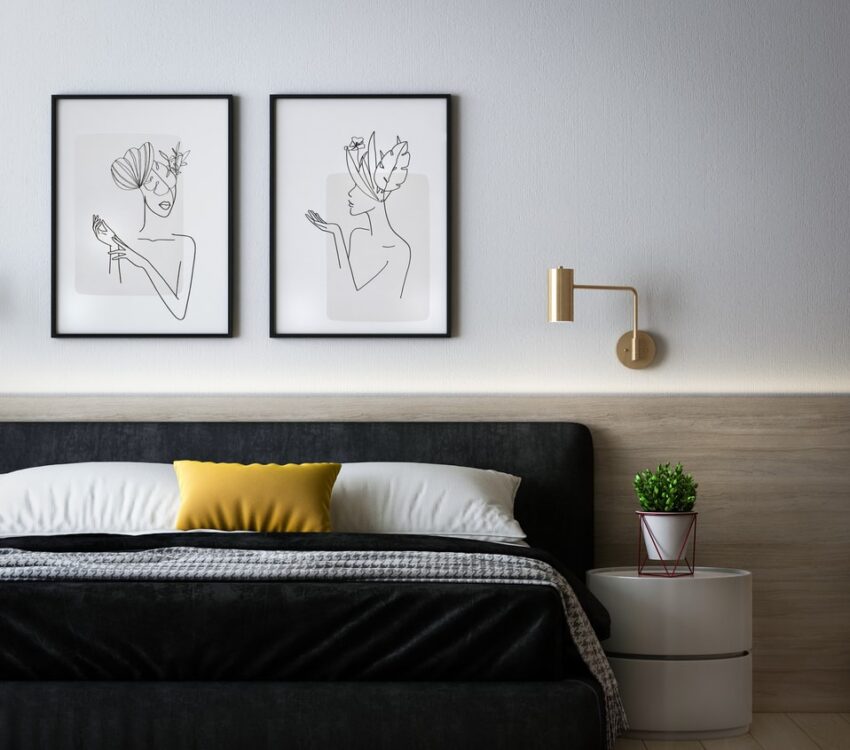
This space should be the most important to you as it will be the area that you might be spending most of your time in. If not, it is the space that you turn to after a long day and it would be great to have a room that you adore and feel relaxed in.
Bathroom Design
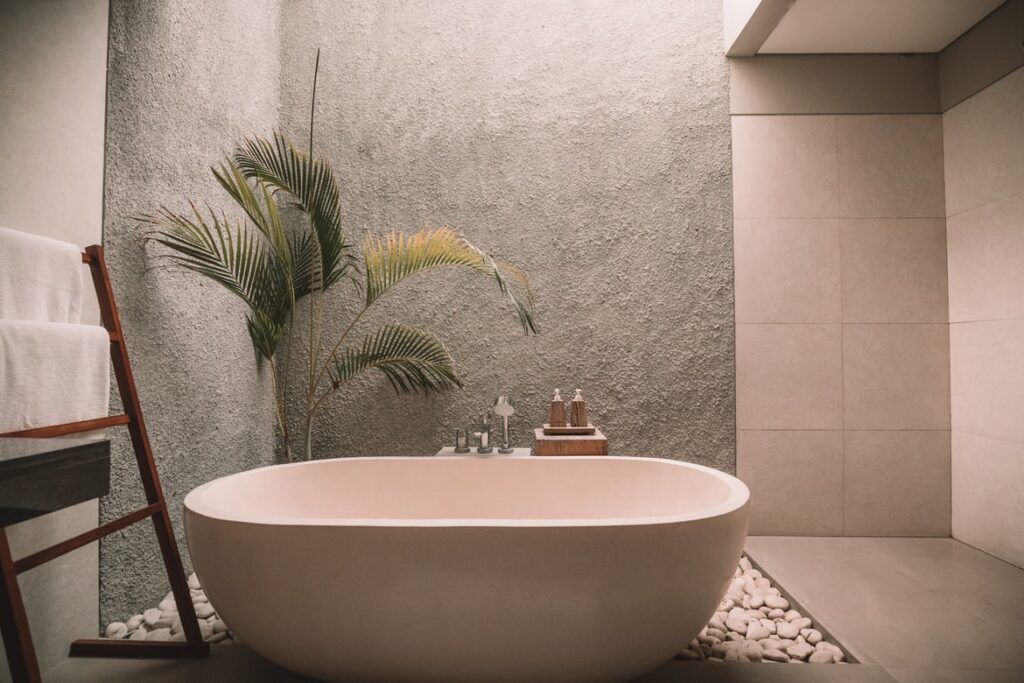
Yet another personal area that is often overlooked, adding in little details can vastly improve dreary interior design patterns and make them unique.
2. Figuring Out Your Style
Now, before you dive into the nitty-gritty, it is good to think about the design you would like. Ask yourself if the design you are thinking of is within your budget and what changes can be able to fit it into the budget. Having a vision board would help greatly.
Another thing to think about would be why do you want to design or redesign your space. What is it that you do not like, or would like to add and change? We have a few tips on certain aesthetics that might help you out.
Traditional Design
This is one of the most classic and universally appealing design styles in the world. It’s almost the foolproof way to go if you plan on investing in timeless furniture pieces that will last through time. Plus, most modern and contemporary interior designs have their roots in traditional design ideas!
That being said, you don’t need to limit yourself to the expected and basic black and white pieces. To liven up your traditional interior design, you can invest in some witty and quirky elements (such as a pendant lamp) to make the entire design more intriguing and unforgettable. These can also act as unexpected conversation-starters, too!
We still recommend you to keep the usual look for furnishings. Stick with a neutral-toned, oversize sofa regardless of color, dark wooden tables and surfaces, traditional Persian rugs, and high-shine brass details. To avoid looking overly preppy, add in prints, artworks, and sculptural elements in doses!
Contemporary Design

Although most confuse contemporary with modern interior design, the two styles are incredibly different from each other! Contemporary design doesn’t take cues from any past design style movements and gives the owner more freedom to do as they please. Most contemporary interior design ideas are clean, straightforward and minimal, with just enough visual play and personality.
Modern Design
On the contrary, modern interior design uses forward-thinking silhouettes and colours from the past and can range from anything in the ‘50s to modern styles that you can view today. Modern designs stick with square, graphic lines and have a particular homage to a certain past.
One popular design is the mid-century modern interior design style, which takes inspiration from the ‘50s and ‘60s whilst incorporating a timeless, retro Danish feel. Silhouettes are clean and straightforward with subtle fabrications, organic shapes, and an element of functionality in each design. It is minimalistic, yet charming and nostalgic at the same time.
3. Space
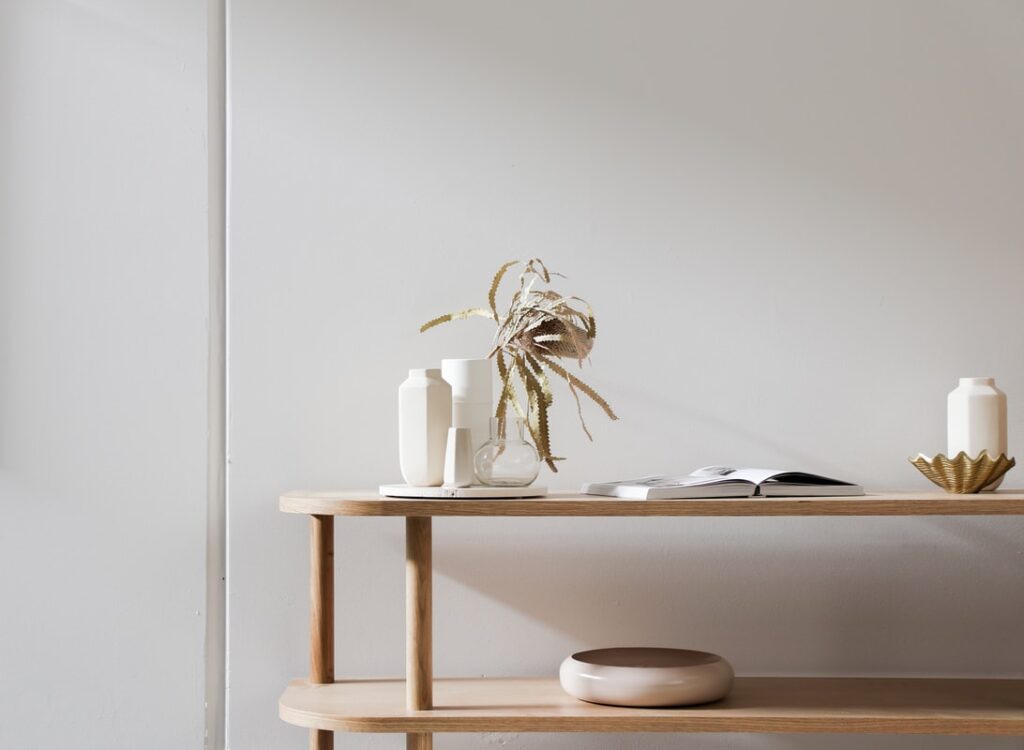
Before implementing your chosen design, you have to make sure that you understand the space you’re working with first. It’ll be such a pity if you had bought your dream sofa only to realize that it cannot fit into your space!
Take 30 minutes to measure the dimensions of each room, including the doors, to come up with an efficient design strategy. Having the right dimensions would not only ensure that you can purchase the right sized furniture, but it would greatly benefit the planning process as you would know what to get and where to fit it. In order to not spend a bunch of money one shot, get the essentials first then over a period of time, spread out when to get the next time.
4. Choice Of Lighting
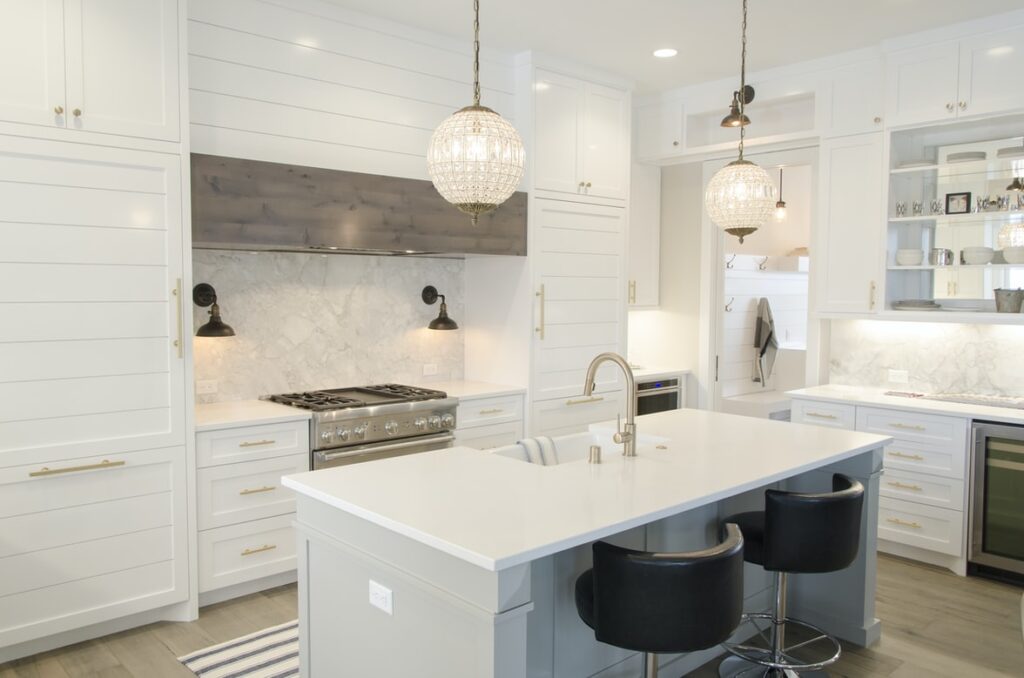
Lighting plays a huge role in not only creating an atmosphere for your space but also helping with the illusion of space. To ensure that you’re getting sufficient light, take note of how much natural light is coming in during the day. Let that guide you in identifying which areas require more light, and which areas get enough light as it is.
You can try layering your lighting so that your room is well-lit from different angles and levels. Lighting such as table lamps, floor lamps, and wall sconces can be used in place of artificial lighting for a warmer and more inviting feel. If your room is unable to have more windows to let natural light shine in, you can try placing mirrors around the room to catch and reflect light well. Don’t forget to purchase the correct wattage bulbs too!
5. Color Ideas
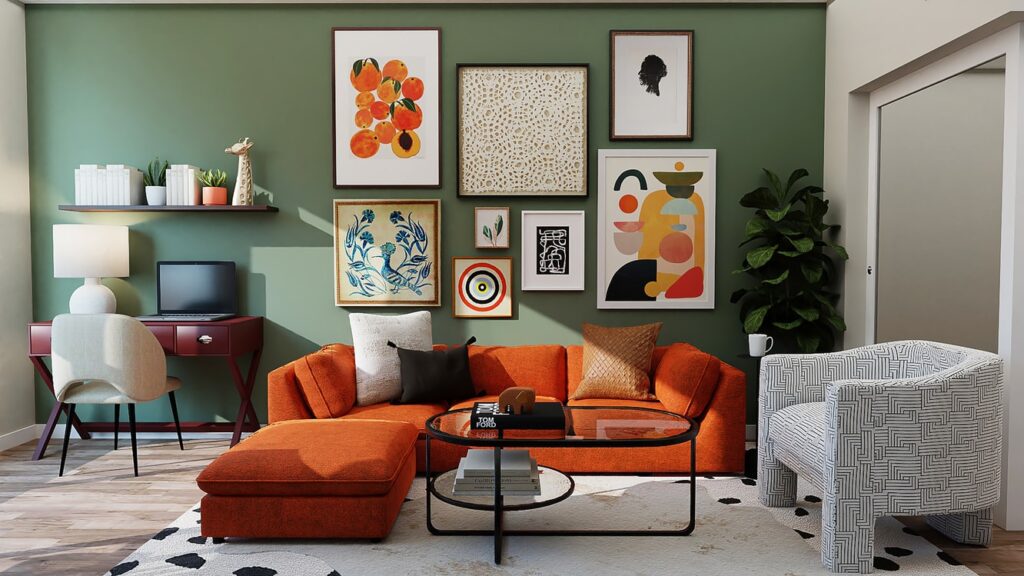
It’s easy to get lost when choosing colors, so the first thing to consider is whether you’re going for a warm or cool color palette.
Bring in colors in that particular theme slowly, through non-commitment items such as pillows, blankets, and other decorations where you can easily move them around. You might not be able to change your mind about that teal green color wall, but you can easily replace a pillow!
Not everything needs to have color. Alternatively, try limiting it to thoughtfully-chosen pops of color instead it can give a surprisingly refreshing impact instead of appearing too overwhelming!
6. Furniture
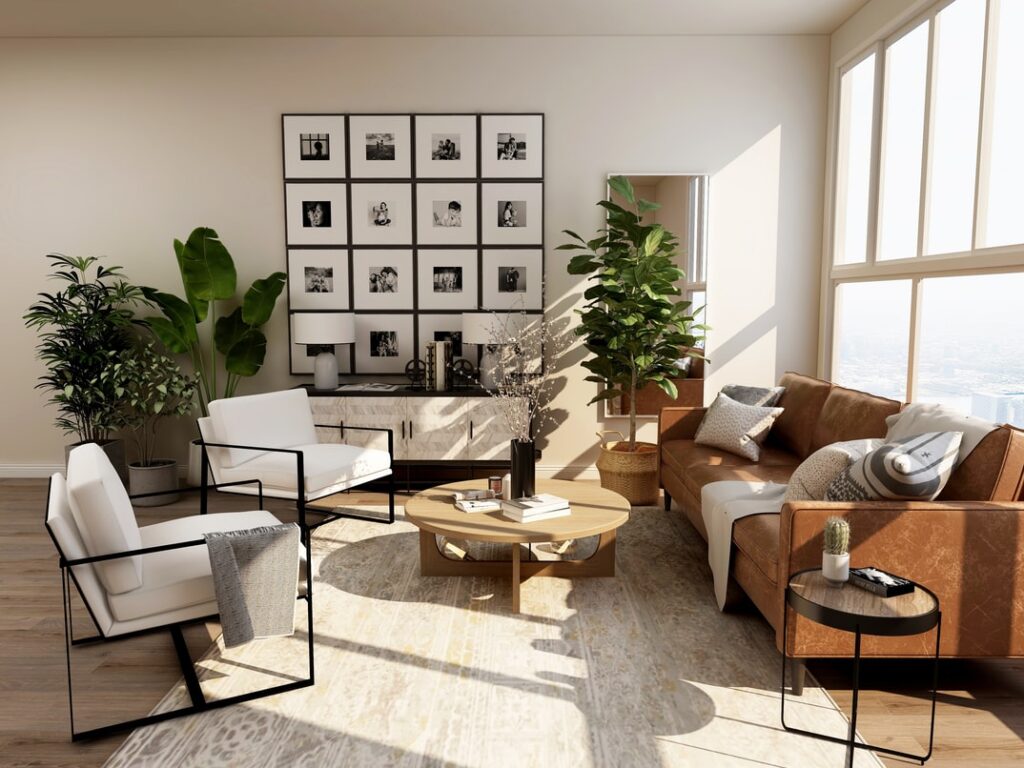
In every household, there has to be a statement piece. Most people end up rushing their furniture buying process, which ends up with a bunch of stuff where nothing stands out. You don’t need to make everything so similar! Instead, it’s more visually interesting to have a variety of different, yet complementary, furniture pieces placed thoughtfully around your home.
If you’re hesitant to cross-match pieces, look for a common denominator amongst all the pieces you’ve bought. This could be a similar style, silhouette, or print. Keep your eyes peeled for potentially one-of-a-kind furniture pieces, which can make your house stand out!
Also, remember that inexpensive items don’t mean that your home can’t feel luxurious and expensive all the same. For example, furniture laced with gold-tone hardware appears more elegant and elevated.
Conclusion
In summary, it is always a good idea to revamp your house every once in a while to give it a new life. Whilst it may seem a little daunting, all you need is time to sit down and think about what you want and how you would like the end product to look like. If you are unable to do so alone, it is always good to seek professional help to get you the best results.

